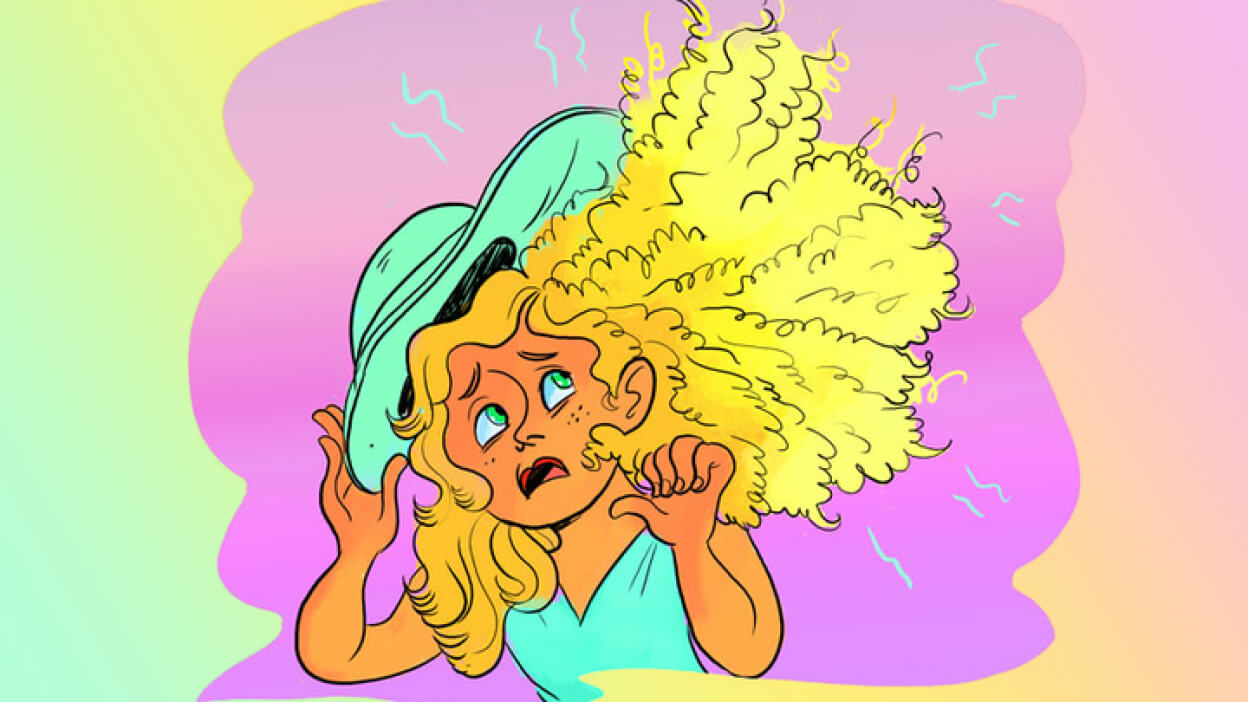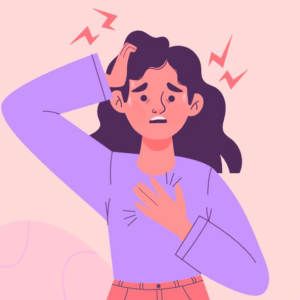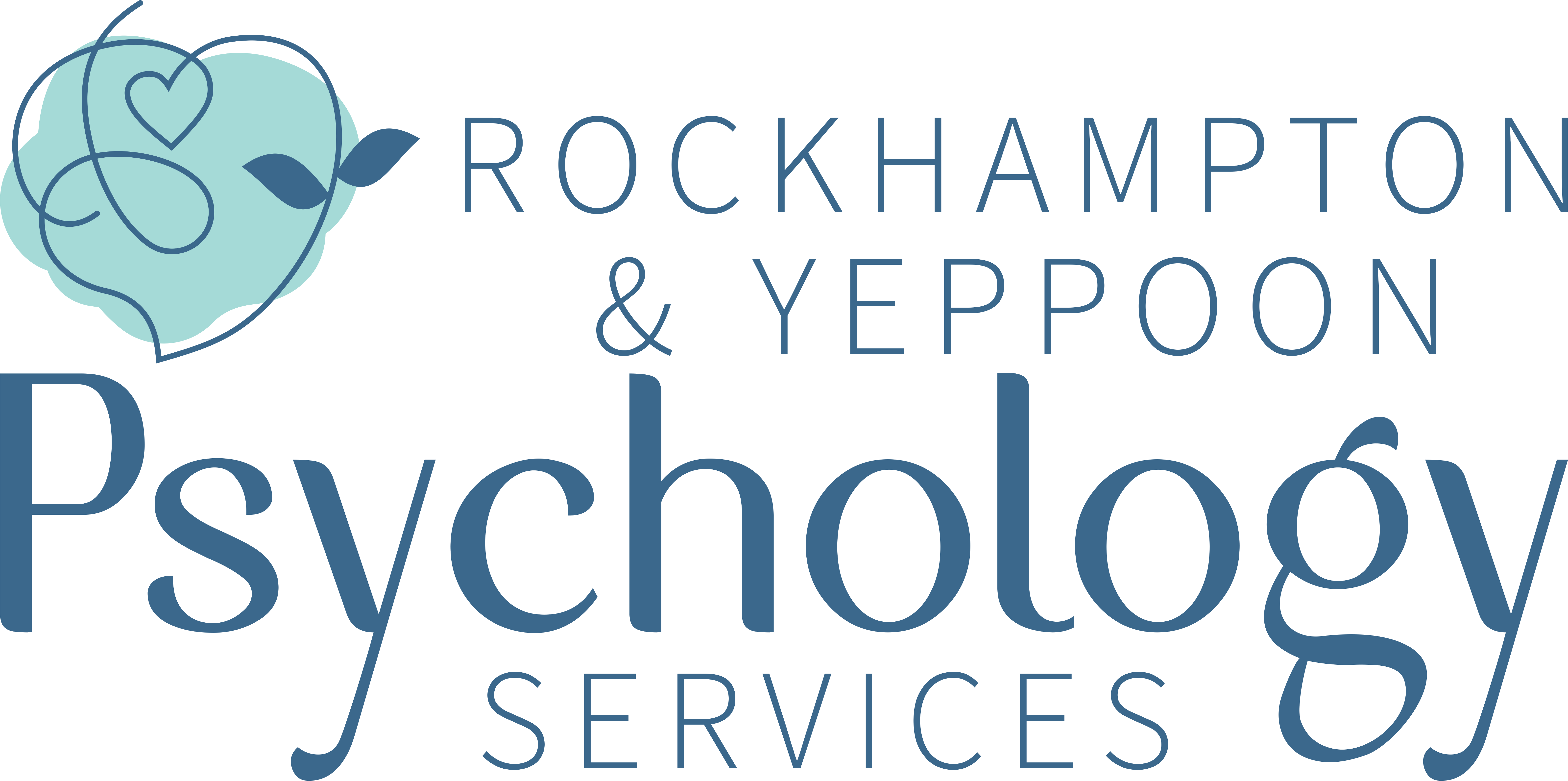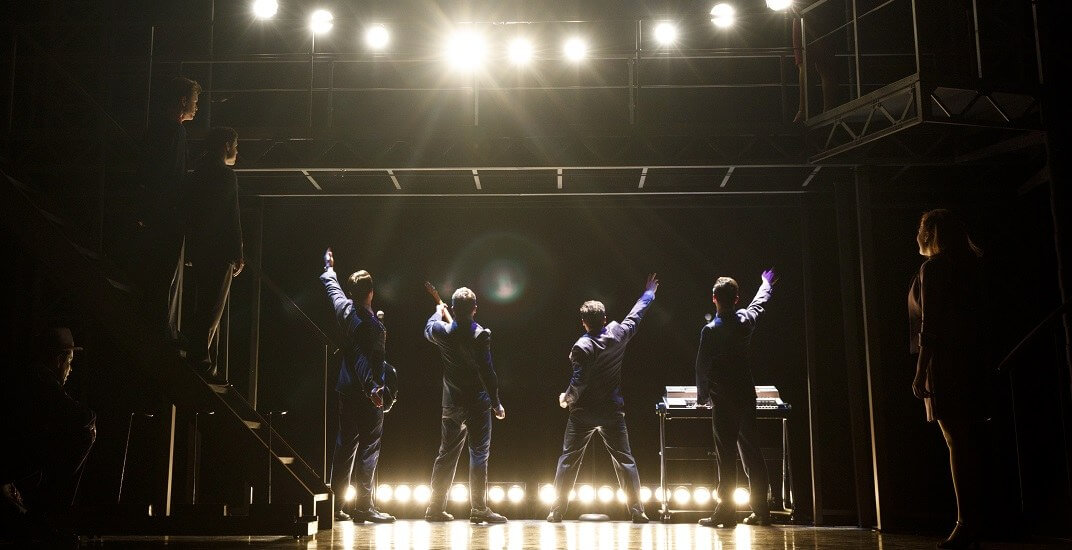Post-Pandemic Dread
Posted on August 3rd, 2022

Post-Pandemic Dread
That feeling, what is it? I couldn’t pinpoint exactly what it was? It wasn’t until I started to open up and share the feeling I had, that I found many people were feeling the same way. General consensus was that we were not feeling helpless or sad so it was not depression. Nor did we feel the physiological symptoms of anxiety. We were not necessarily taking on any more than we had done so previously, therefore it was not stress. In fact, the pandemic had provided some assistance in determining what was really important and our lives had become, somewhat, more simplified.
Most of us had already experienced the Omricon variant of COVID-19. Relationships were still strained from the vaccine mandates and there was a sense of loss for those who had suffered adverse reactions to the vaccines or lost their jobs for not following through with mandates. There was a lot of uncertainty associated with COVID-19. Some of our family and friends were directly affected by the virus. The resources in the hospitals and health services were strained. We were unsure how this would affect the economy or our jobs in the long-term. It was a combination of fear and apprehension. What next? We were wondering how we could best prepare for what was coming, even if we didn’t know what that was. We were feeling post-pandemic dread.
“Expecting something horrible, can be horrible in itself”
Helen Pearson.
What does ‘dread’ feel like?
Dread is a sense of impending doom. It seems as though every bit of joy is being sucked out of you and it is difficult to experience any enthusiasm for new experiences. You may feel as though you are overthinking and dwelling on things or anticipating the worst. There is a struggle to find the light at the end of the tunnel.

How does it affect us?
Dealing with dread on a continuing basis can take its toll. When feeling a sense of dread, most people want it to be over. Research suggests that when faced with inevitable pain, humans prefer it to be over as soon as possible and for most of us we would rather accelerate the pain. This would explain why you may have heard some of your loved ones say Ï think I may just go out so I can catch COVID”. We would rather break the anticipation, by suffering the pain.
Our current sense of dread is no longer primarily COVID-19 though, it’s moving toward what’s next. We have been exposed to a new world. A world where the new virus exists and uncertainty about what may be next? Some of us are grieving the world we once lived in and finding it difficult to move forward.
How to best manage dread
- Re-evaluate your life values and sense of purpose. This helps to regain a sense of direction and guides your steps of action to progress.
- Get more comfortable with not knowing. There are many things that we are uncertain with every day that we are able to tolerate. For example, it’s not certain that we will wake up tomorrow, but we do not dwell on this daily.
- Don’t get caught with hypothetical worry. If it’s a ‘what if’, it hasn’t happened so don’t spend time worrying on things that haven’t happened yet.
- Get connected again. Aim to have more connection with friends and family and talk about new positive things. Try not to dwell on the pandemic or what may occur post-pandemic.
- Keep moving. Exercise is a great distraction but can also help clear our unhelpful or intrusive thoughts. It can also provide benefits to our physical response to stress.
- Differentiate between what is real and what is your perception. In the digital age we can be over consumed with information which can influence our perception. Try to focus on real facts.
- Work on acceptance of these feelings of dread. Don’t avoid the thoughts or try and stop them. Just sit with them and make room for the thoughts. Remembering, they are only thoughts.
- Start living. Work toward living in the moment. Practice mindfulness techniques to assist you to live in the present and to not focus on the what if’s….
Written by Holly Kirkbride

